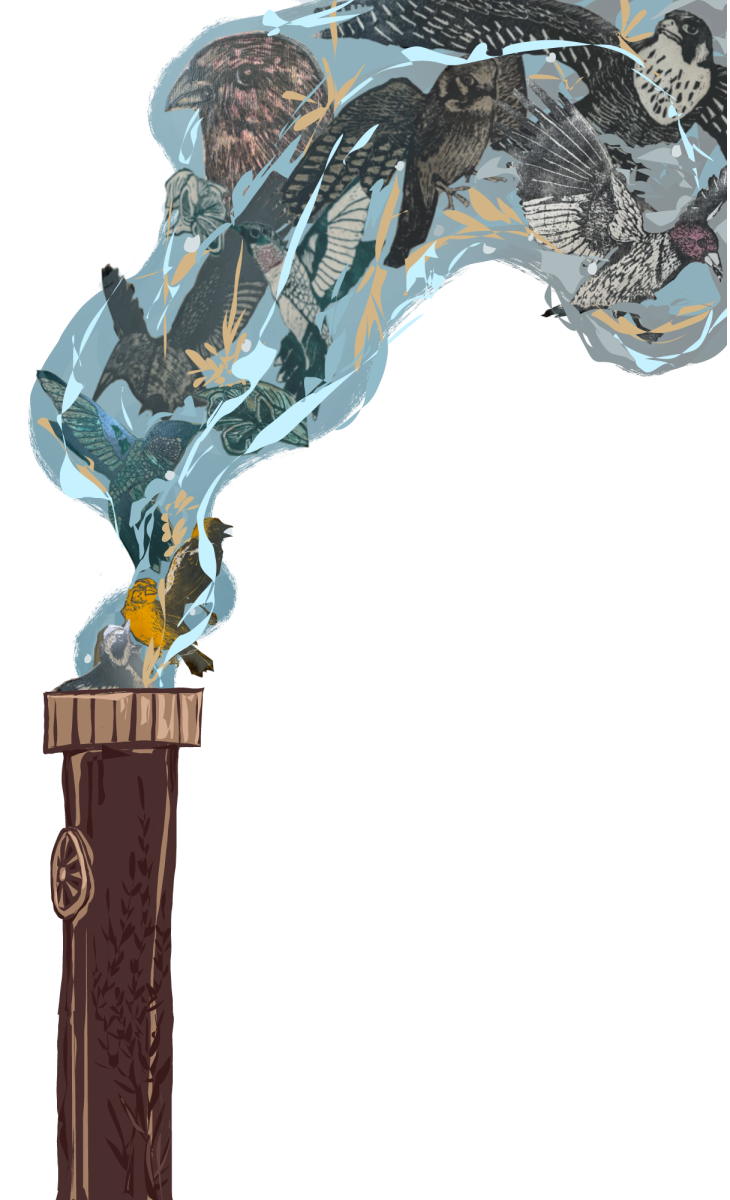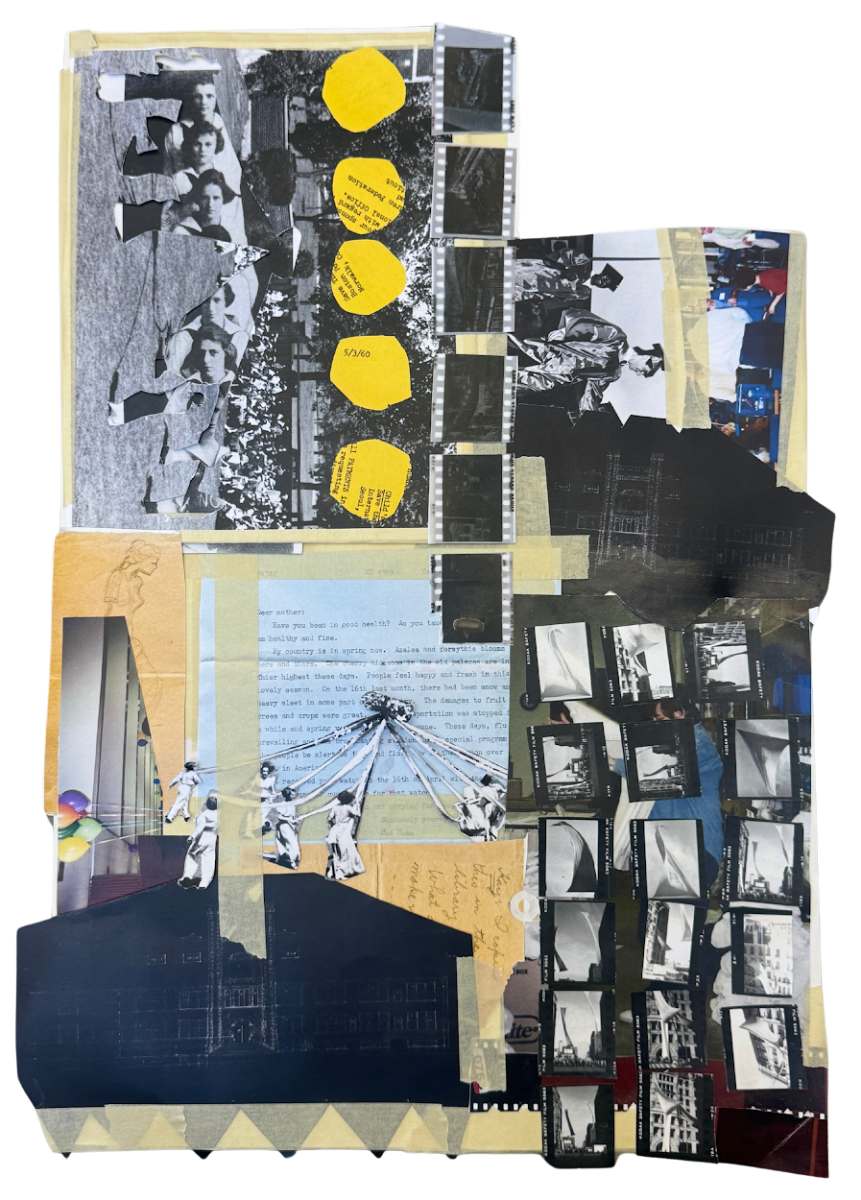As anyone who has taken AP Microeconomics (or at least done the summer reading) “The Making of Behavioral Economics Misbehaving” by, Richard H. Thaler, knows, people oftentimes don’t make the best economic decisions. So, how can businesses figure out what consumers want, and what processes in the brain are behind decision-making?
These ideas can be explained by neuroeconomics. Neuroeconomics is a field at the intersection of psychology, neuroscience, and economics that tries to understand the intricacies behind decision-making processes. It harnesses technologies like MRIs and EEGs to track the brain activity behind decision-making. For example, if we’re craving coffee, how do we decide between Caribou or homemade coffee? Neuroeconomics suggests that the brain assigns different values or utilities to different coffee options. For example, for someone, Starbucks may get a value of 0.6 while homemade coffee may get a value of 0.8 because drinking homemade coffee brings someone more joy than drinking Starbucks.
At the same time, while standard economic principles assume everyone is a perfect human, neuroeconomics takes emotions into account. For example, an experience of finding comfort while drinking a specific coffee blend during stressful times may cause your brain to value a specific kind of coffee because of these positive associations. The brain can also be influenced by social norms. For instance, if all of your friends love drinking espressos, then your desire to “fit in” and align with social norms may cause you to value drinking an espresso, even if you may get more utility out of drinking a cappuccino instead.
Furthermore, neuroeconomics also explains why people like repetition. For example, if someone orders the same type of coffee multiple times, then it creates a habit loop in the brain. This habit loop makes the decision-making process more “efficient” because the brain leans on familiar preferences, which then conserves brainpower for other tasks.








